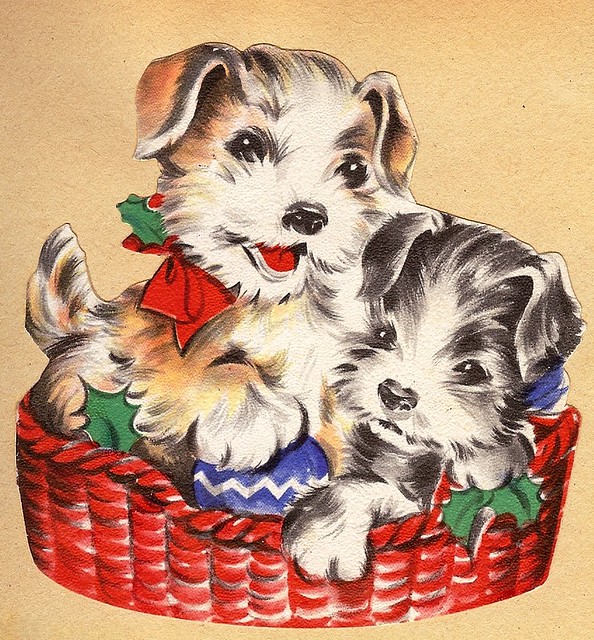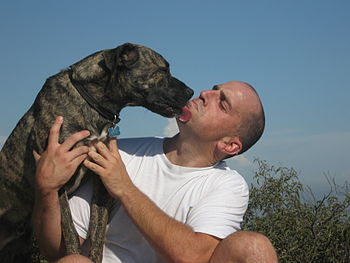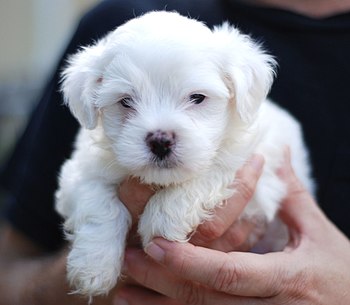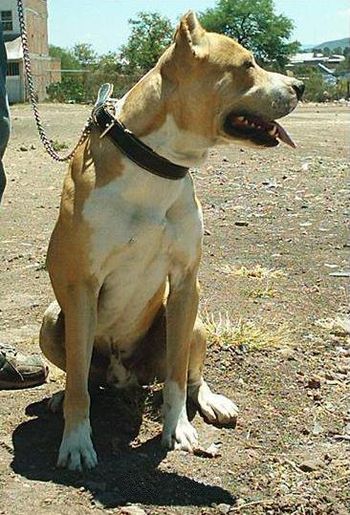 |
| Photo by bibliobird |
As always, make sure the scrapbooking materials you use are acid and lignin free. You'll need the typical scrapbooking supplies such as an album, cut-outs, stickers, letter rub-ons, and any other creative embellishments you desire. Choose things related to your pet such as dog breed stickers or cat themed papers. Creating scrapbook pages for your pets is also a great way to get the kids involved.
To get started, you'll need to have some good photos of your pet. Try taking pictures from a variety of different angles and include your pet with different members of the family. If your dog has a favorite toy, include some special pictures of that as well. Do you celebrate your pet's birthday? Then, by all means, include some "birthday" photos in the scrapbook. My children even celebrate the birthdays of our fish!
Here are some fun theme ideas for creating your pet's scrapbook.
Focus on "the firsts". If you are fortunate enough to get your pet while he or she is still a baby, then create a scrapbook album around the "firsts". Even if you adopted your pet when it was older you can still create some great "first" scrapbook pages. Create a scrapbook page or album around your pet's first bath, coming home, first holidays, first visit the park, first car ride, etc.
Another great scrapbook theme is "A Day In The Life of ________" which would include pages about your pet's morning routines, nap time, meal time, play time and favorite toys, and outdoor time. Trace your pet's paw print and include that in the pages too!
A theme around "pet favorites" is also a fun idea. Take photos and create pages around your pet's favorite activities. For a cat, you might include pages on favorite toys and favorite nap places. For a dog, choose photos of favorite outdoor play or playtime with favorite toys.
Whatever kind of pet you have, you can enjoy creating special scrapbook pages that you will enjoy for years to come!



















